Adding 60 AMP breaker to existing box...
wicrules
16 years ago
Featured Answer
Sort by:Oldest
Comments (18)
brickeyee
16 years agolast modified: 9 years agowicrules
16 years agolast modified: 9 years agoRelated Professionals
Dedham Electricians · De Pere General Contractors · Maple Heights General Contractors · Miami Gardens General Contractors · North Highlands General Contractors · Panama City General Contractors · Rohnert Park General Contractors · Saginaw General Contractors · Woodmere General Contractors · North New Hyde Park Handyman · Mesquite Solar Energy Systems · Coral Terrace Home Automation & Home Media · Gladstone Home Automation & Home Media · Pittsburgh Home Automation & Home Media · Pittsburgh Home Automation & Home Mediawicrules
16 years agolast modified: 9 years agobrickeyee
16 years agolast modified: 9 years agocobraguy
16 years agolast modified: 9 years agowicrules
16 years agolast modified: 9 years agobrickeyee
16 years agolast modified: 9 years agowicrules
16 years agolast modified: 9 years agoterribletom
16 years agolast modified: 9 years agomike13
16 years agolast modified: 9 years agowicrules
16 years agolast modified: 9 years agobrickeyee
16 years agolast modified: 9 years agoRon Natalie
16 years agowicrules
16 years agolast modified: 9 years agoterribletom
16 years agolast modified: 9 years agosolarpowered
16 years agolast modified: 9 years agobrickeyee
16 years agolast modified: 9 years ago
Related Stories
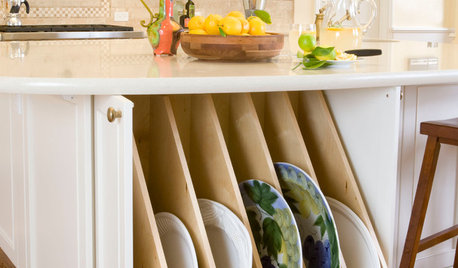
KITCHEN DESIGNKitchen Confidential: Amp Up Your Storage With Pullouts
See 12 types of cabinet pullouts that make your cooking and cleaning items easier to find and use
Full Story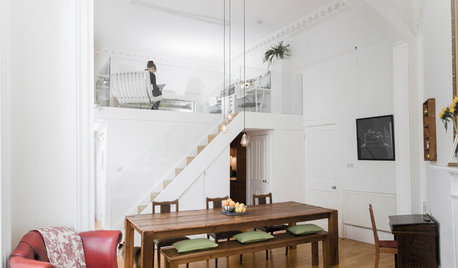
HOMES AROUND THE WORLDHouzz Tour: In Edinburgh, Adding a Bedroom Without Adding On
Creating a mezzanine, or loft level, gives this Scottish apartment extra sleeping quarters and a study
Full Story
MOST POPULARWhat to Know About Adding a Deck
Want to increase your living space outside? Learn the requirements, costs and other considerations for building a deck
Full Story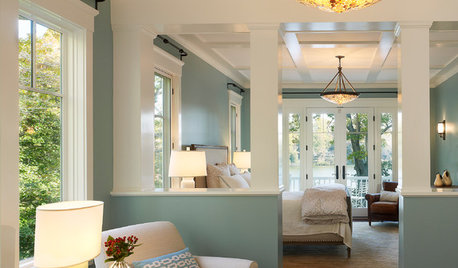
MOST POPULARThe 25 Most Popular Photos Added to Houzz in 2013
See the newly uploaded images of kitchens, bathrooms, bedrooms and more that Houzz users really fell for this year
Full Story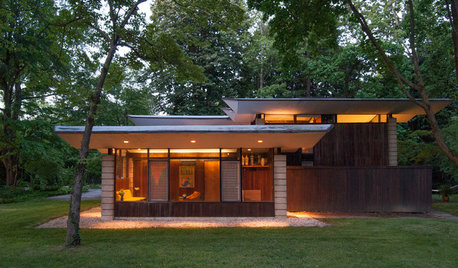
HOUZZ TOURSMy Houzz: A Paean to the 1950s and '60s in Pennsylvania
With vintage furniture, a sunken den and pristine original details, this home is a true homage to midcentury style
Full Story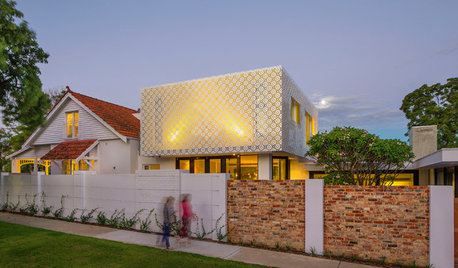
ARCHITECTUREHouzz Tour: A Vintage Home Wrapped Up in a Box
A work-at-home couple completes an eye-catching contemporary renovation that builds on an Arts and Crafts home
Full Story
FURNITURE12 Sofa Colors That Won't Box You In
With any of these colors as a base, you can change your decor as often as you change your mind
Full Story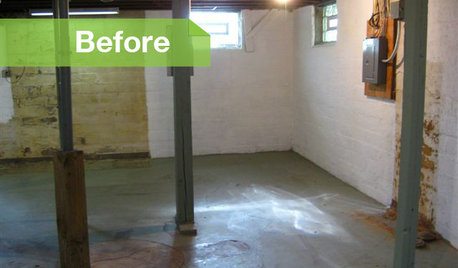
BASEMENTSBasement of the Week: Modern Style Converts an Empty Concrete Box
From raw wasteland to fab living, sleeping and storage space, this snazzy basement now covers all the angles
Full Story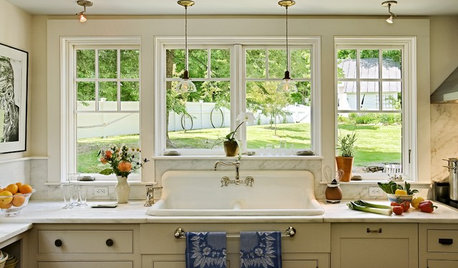
PHOTO FLIP60 Kitchen Sinks With Mesmerizing Views
Check out this parade of views from the kitchen sink and tell us: Which offers the best backdrop for doing the dishes?
Full Story
MODERN HOMESHouzz Tour: Shades of Japan in an Updated ’60s Gem
The Zen-like nature of this renovated 2-level home in New Zealand brings a feeling of tranquility
Full Story






brickeyee